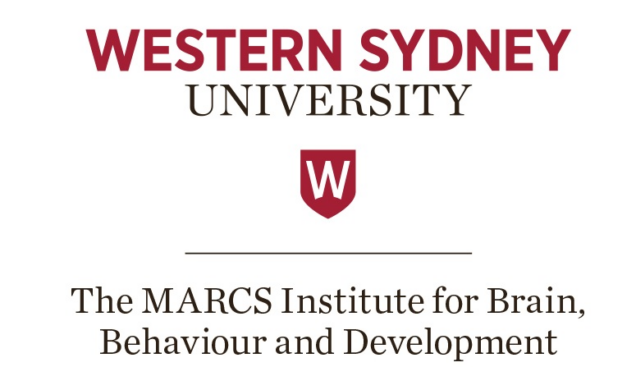Recent news
Fellowships for Kpogo
- Graduate Writing Fellowship, Writing Program, BU College of Arts & Sciences
- International Scholar Award, Center for Advanced Research in Experimental and Applied Linguistics (ARiEAL), McMaster University
Welcome to the Fall 2023 labbies!
Welcome to the new students who will be joining the lab this fall:
- Sara Hockett (GRS '28) is a first-year PhD student in Linguistics. Her research interests include second language acquisition, phonological theory, and multilingualism interactions. She’s specifically looking to examine how the transfer or inhibition from one’s first language to the learning of a second can inform broader phonological theories related to sonority.
- Jason Wang is a rising senior at Concord Carlisle High School. He is interested in phonetics, acquisition, multilingualism, and the neuroscience of language and speech production.
And a warm welcome back to Felix and Jackson!
Humboldt for Chang
Congratulations to Prof. Chang on receiving a Humboldt Fellowship for Experienced Researchers for the 2024-25 academic year! Prof. Chang will use this fellowship to carry out research on multilingual phonetics and phonology at the Institute of Phonetics and Speech Processing in Munich, hosted by Prof. Jonathan Harrington.

Cutler Fellowship for Chang
Prof. Chang has been awarded the inaugural Anne Cutler International Visiting Fellowship. With the support of this fellowship, he will visit the MARCS Institute for Brain, Behaviour and Development in Sydney in Spring 2024, hosted by Dr. Mark Antoniou. Kudos to Prof. Chang!

Welcome to the Summer 2023 labbies!
Welcome to the four students who will be joining the lab this summer:
- Sreyoshi Basu is a rising second-year master's student in Linguistics at the University of Rochester. She is interested in phonetics, language acquisition, bilingualism and multilingualism, sociolinguistics, and language contact.
- Grace Guan is a rising senior at Mount Holyoke College double-majoring in Psychology and Computer Science. She is interested in multilingualism, language acquisition, psycholinguistics, and speech science.
- Seokhwa Lee is a rising senior at Yonsei University (South Korea) majoring in Linguistics and English and minoring in Psychology. She is interested in psycholinguistics, bilingualism, language and the brain, language and emotion, and first and second language acquisition.
- Yin Wang (GRS '23) is a recent MA graduate in Linguistics, starting the PhD program in Linguistics at the University of Chicago in Fall 2023. His interests are primarily in language variation and change, especially from the perspectives of phonetics and phonology.
And a warm welcome back to Felix and Jackson!
Kpogo at ASA 184
Felix Kpogo presented a poster about his dissertation research entitled "Age and sex effects on sound change: One size does not fit all" at the 184th Meeting of the Acoustical Society of America in Chicago last week. Well done, Felix!
Dionne defends, off to Duolingo
Congratulations to lab alum Danielle Dionne (GRS '23) on the successful defense of her doctoral dissertation! After graduation, Danielle will be joining Duolingo as a Learning Scientist. Well-done, Danielle!

Wang to UChicago
We're delighted to announce that lab alum Yiin Wang (GRS '23) is headed to the University of Chicago next year to start a PhD in the Department of Linguistics. Way to go, Yiin!

Chang & Fraser in LSA Proceedings
A paper entitled "On the auditory identifiability of Asian American identity in speech: The role of listener background, sociolinguistic awareness, and language ideologies" (Chang & Fraser, 2023) has been published in the Proceedings of the Linguistic Society of America.
Abstract: The current study examined the auditory identifiability of Asian American ethnoracial identity, including the role of listener characteristics and ideologies. Results of an identification experiment showed that the overall accuracy of ethnoracial identification on (East and Southeast) Asian talkers was low, but not the lowest among talker groups and not significantly different from accuracy on Black talkers. There were also significant effects of listeners' ethnoracial identity, gender, and linguistic chauvinism (i.e., disfavoring linguistic diversity in the US). In particular, being Asian or a woman was associated with a higher likelihood of accuracy, whereas greater linguistic chauvinism was, to an extent, associated with a lower likelihood of accuracy. Results of a discrimination experiment additionally showed an effect of listeners' awareness of ethnoracially-based language variation: having this awareness was associated with a higher likelihood of accuracy on discrimination trials with one or more Asian talkers. Taken together, these findings converge with previous results showing an effect of the listener's background on ethnoracial perception and further implicate the listener's sociolinguistic awareness and ideologies.
This study followed Open Science practices, and all data are publicly accessible via the Open Science Framework at https://osf.io/brwfk/.
Wu to Cornell
Lab alum Yifan Wu (Xiamen U. ’23) will be moving to Cornell University next year to start a PhD in the Department of Linguistics. Well-done and congratulations, Yifan!
